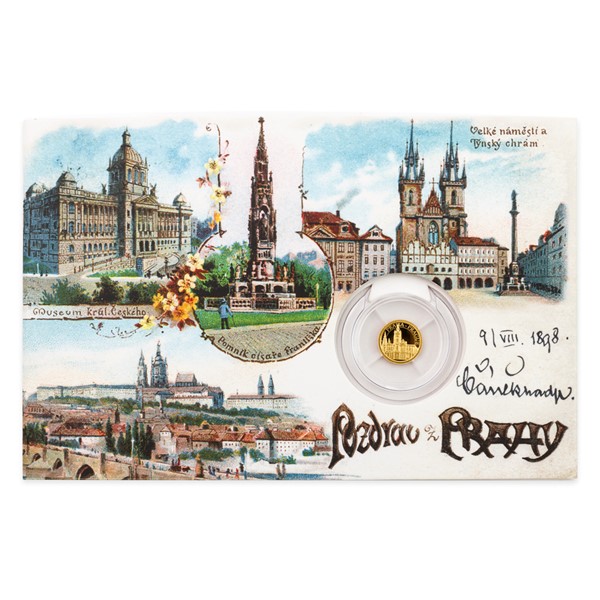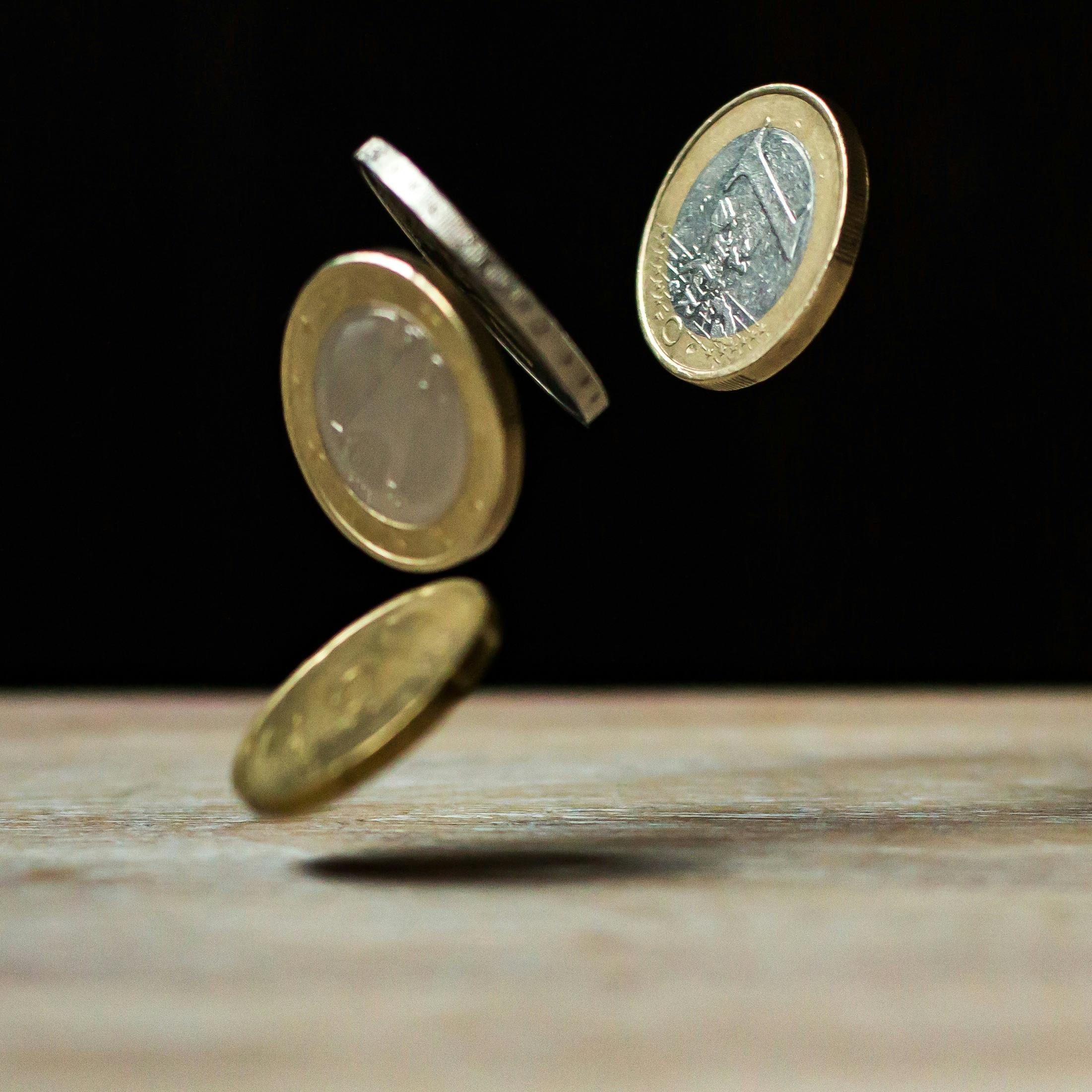Best Reasons On Sandblasting Czechoslovakia Coins
Wiki Article
How Can A Plaster Model Be Used To Create Physical Representation For The Gold Coin?
It involves several steps for the creation of a "maquette" which is a mold made of plaster, which is based on the designs of a silver or gold coin. The first step is to take the design on the medal or coin as a source. The design may be made digitally or by using graphic design software. It can also be a hand drawn sketch. Other materials, like clay or wax, could also be used.
Plaster Mixing - Plaster and water are mixed to form an even consistency. To ensure a clean mold, the mixture must be smooth and without lumps.
Designing the Base: Design a base or platform, on which the maquette sculpture can be made. This base may be a wooden plank, or a flat surface to provide stability.
Making the MaquetteUtilizing the design of gold as a model, the artist begins sculpting the design into the plaster. This involves shaping the plaster in order to create the relief, or 3D representation of the medal or coin.
Refinement and Detailing- The artist focuses on adding details while refining the contours and making sure that the design is accurate in proportions and details of the design. Attention to detail and precision are required at this stage.
Allowing for drying and settingAfter the sculpting process is done, the sculpted needs time to set and dry. This will allow the maquette to set and hold its shape.
After drying the maquette, it's smoothed and finished to eliminate any imperfections, bumps or rough areas.
Preservation and SealingTo preserve the maquette to be used in subsequent processes like scanning, or molding, it could be coated with a sealant.
The resulting plaster maquette serves as a tangible three-dimensional representation of the gold medal or coin design. It is a tangible reference for the next stages in production. It can be used to create digital replicas or to create molds for mass production. Also, artists may utilize it as a reference to help them visualize and refine their designs prior to the finalization of their design. Check out the top Prague Mint gold medals plaster molds site info. including gold biscuit buy, platinum coins, gold medals michael phelps, olympic games gold medal, bullion dealers, gold and bullion, 100 grams gold biscuit, gold silver shops near me, gold silver coins, 1oz of gold and more.

What Happens When The Janvier Machine Transfer Gold Coins Or Medals From A Master Hub To The Working Hub?
The Janvier Machine, sometimes referred to as pantograph machine, or reducer, is a machine that is used during the coining process to transfer designs from a Master Hub to an Working Hub. The Master Hub Creation is explained in this video.
The master hub, sometimes referred to as the original die or mould, is the original mold or die that has the exact design and layout of the coin. It is usually made using CNC machine or other precise methods to ensure precision.
Janvier Machine Setup
The Janvier Machine is comprised of two elements: a stylus to trace the design and a cutting tool that cuts out the design.
The Janvier machine includes a master wheel linked to the machine. It serves as a model from which designs can be transferred.
The Design-
The Janvier stylus follows the design's contours and the specifics on the master hub. As the stylus moves over the surface, it captures the design's outline.
Reduce the Design
In tandem with the Janvier cutting tool, it replicates the traced designs onto the machine's hub, which is usually composed of a soft material like steel or Nickel.
The cutting tool reduces or replicates the design on the hub of the wheel at a reduced size or scale in comparison to the hub that is the master hub. This reduction is essential for the coining process as it allows coins or medals to be struck in the size desired.
Accuracy and precision
Janvier machines operate with precision in order to ensure the exact transfer of designs from the master hub to the working hub. It recreates every single aspect and contour accurately.
Quality Control
The design and quality of the hub is assessed to ensure that the design of the transfer meets the specifications required for the striking processes.
Additional Processing
The Janvier machine produces a functioning hub which is utilized in the medal and coin striking process. The mold or die is used to make multiple medal or coin blanks by using the transfer design.
The Janvier machine's purpose is essential for the minting process, enabling the replication and reduction of complex medal or coin designs from master hubs to working hubs precisely. These working centers are then utilized to create large amounts of coins and medals using the striking method. Read the best janvier processing Prague Mint gold coins website tips. including buy gold and silver, 20 dollar gold coin, cost of 1 oz of gold, gold apmex price, kruger rand, 100 gm gold biscuit, 1oz gold price today, five dollar gold coin, $20 gold piece, 1979 gold dollar and more.

Why Should Dies Be Polished By Hand In Order To Ensure A Flawless Finish On Gold Coins And Awards?
The hand polishing of dies is required for creation of gold-plated coins and medals. This is because it enables better reproduction of the fine details. A smooth surface allows better reproduction of intricate details and the fine details of the design on the made-to-order coins or medals.
A die that is polished produces coins and medals with sharper edges, better relief, and more defined details. This improves the overall quality and aesthetics of the finished product.
Reducing wear and tear Polishing helps reduce friction and wear and tear during the process of striking. The smoothness of the die decreases the possibility of irregularities or defects in the struck medals or coins caused by rough surfaces.
Consistency of Striking - Hand-polished dies ensure uniformity during the process of minting, by providing the same strike area. Consistency in design is essential for maintaining precision and depth or overall quality of multiple coin and medals.
Durability and longevity of Dies- Well polished dies are less prone to damage or wear when struck. The dies are more durable and long-lasting, which allows for an increased number of strikes to be achieved without sacrificing quality.
Precision and Accuracy. Hand polishing lets engravers precisely fine-tune, refine and even make sure that specific areas are perfect on the die. The details will be accurately replicated on the metal or coin. This level of accuracy contributes to the precision and quality of the finished product.
Quality Control- The polishing process is a part of quality control. Inspection of the die during the hand polishing process will allow the identification and correction of any flaws prior to the process of striking.
Surface Finish- Polishing gives an unique surface texture or finish to medals and coins, increasing their visual appeal.
Overall, hand polishing gold dies and medals to a high standard is vital to create high-end, highly finished, and appealing products. It is a significant distinction in the look of the item, its consistency and its longevity. View the recommended hand polishing Prague Mint gold coins more recommendations. including gold bars for sale near me, cheerios sacagawea dollar, gold penny, guardian angel coin, gold american eagle price, 2000 sacagawea dollar, silver bars for sale near me, silver bars for sale near me, gold sovereign, gold coins and more.

How Are Gold Blanks Put Into Coin Presses To Be Stamped Under High Pressure During Minting?
During the minting process, gold blanks are fed into coin presses, where they are stamped under extreme pressure to make into finished pieces of gold or coins. This is a brief overview of the process of loading blanks.
A feeder system is attached to the coin press. The system loads gold blanks that are prepared and tested for quality. This feeder system is accountable for ensuring a continuous flow of blanks into the machine.
Feeding Blanks into the Press
The system of feeding is designed to guide the blanks one at a time into the chamber for striking. This permits precise placement of the blanks.
Alignment, Positioning and Positioning
The blanks are positioned and positioned in the striking chamber of the press to ensure they are perfectly aligned to be used for stamping.
Striving under High Pressure
The coin press uses two dies: one stationary and the other that is moving. The stationary die makes negative impressions of the design on the coin. The moving die is used to strike the blank.
The die that is moving strikes the blank with a lot of force and then transfers the design onto the blank's surface. Die's pressure prints the designs, creating the raised reliefs and the details of the coin or medal.
Repeated Striking -
Multiple strikes can be used to create a sharply clear design or image on better quality medals and coins. Each strike improves the surface characteristics of the blank.
Ejections and Collection
When they have been struck by hand, the medals and coins are released into trays. The designs that are stamped are examined for quality and ensure they are in line with the specifications.
Post-Processing-
According to the design or mint specifications, coins and medals can undergo additional treatments, such as edge lettering or reeding as well as post-strike treatments.
Stamping the gold blanks with high pressure is vital as it imprints the design desired onto them, making them refined coins and medals that can be used as celebration and collection, or even circulation. The process of stamping requires preciseness as slight changes in alignment and pressure can affect the quality of the final product. Take a look at the most popular minting Prague Mint gold medals more tips. including spanish gold coins, 24k gold bullion, 1 oz gold eagle, one ounce of gold, 1 10 american gold eagle, gold buffalo coin, gold eagle, 1 oz gold eagle, olympic gold medal, gold piece price and more.
